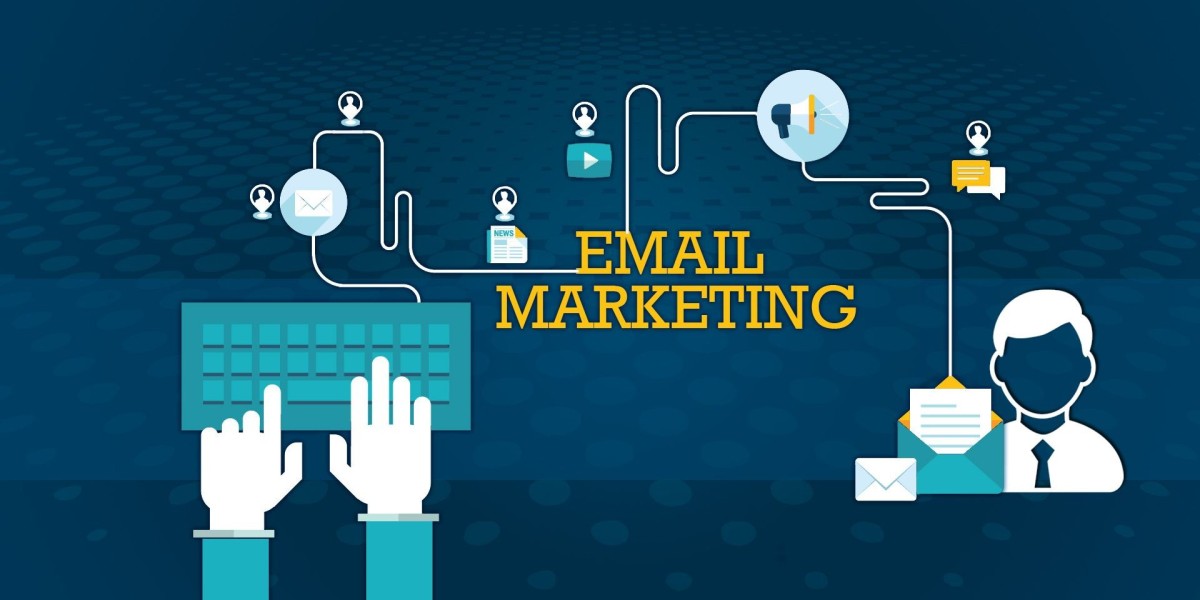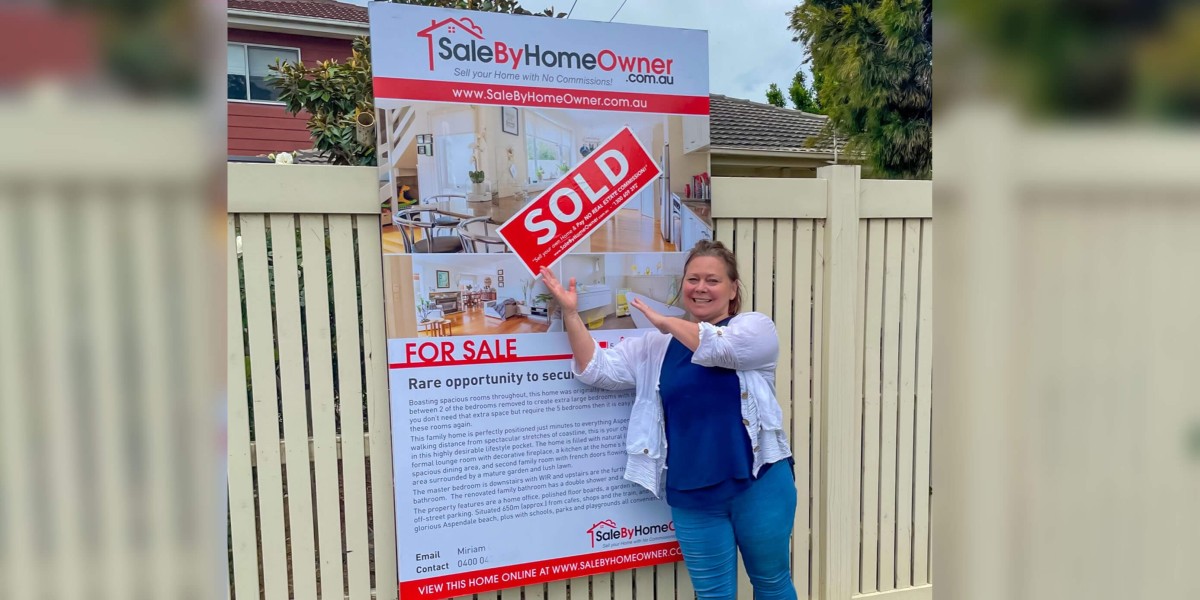Email marketing is one of the most effective ways to connect with your audience, nurture leads, and drive sales. For beginners, crafting a solid email marketing strategy can seem daunting, but with the right approach, it can deliver incredible results. In this blog, we’ll explore actionable email marketing strategies to help you get started and achieve success.
1. Build a Quality Email List
Your email marketing efforts start with a quality email list. Instead of buying email lists (which is both ineffective and potentially harmful to your reputation), focus on building your own.
- Add opt-in forms to your website, blog, or landing pages.
- Offer lead magnets like free eBooks, discounts, or exclusive content to encourage sign-ups.
- Collect email addresses at events or through social media campaigns.
2. Understand Your Audience
Before sending emails, understand who your subscribers are and what they’re looking for. Segment your audience based on:
- Demographics (age, location, gender)
- Interests and preferences
- Behavior (e.g., new subscribers vs. long-term customers)
This segmentation ensures your emails are personalized and relevant, which improves open and click-through rates.
3. Use a Professional Email Marketing Platform
For beginners, tools like Mailchimp, Constant Contact, or HubSpot can simplify email marketing. These platforms offer:
- Easy-to-use templates for designing emails
- List management and segmentation features
- Analytics to track performance
- Automation options for scheduling emails
4. Create Engaging Subject Lines
Your subject line is the first thing your audience sees—it determines whether they open your email or ignore it.
- Keep it short and compelling (50 characters or less).
- Personalize it with the recipient’s name when possible.
- Use action words or create a sense of urgency (e.g., “Don’t Miss Our Exclusive Offer!”).
Example:
Instead of “Weekly Newsletter,” try “? Your Exclusive Tips for Success This Week!”
5. Focus on Valuable Content
The content of your email should provide value to your audience. Avoid overly promotional emails; instead, aim to educate, entertain, or solve a problem.
- Share helpful tips or guides related to your industry.
- Include links to blog posts, case studies, or product updates.
- Use visuals like images, GIFs, or videos to enhance engagement.
Pro Tip: Use a 90/10 rule—90% value, 10% promotion.
6. Optimize for Mobile Devices
Did you know that over 70% of emails are opened on mobile devices? Ensure your emails are mobile-friendly by:
- Using responsive email templates
- Keeping subject lines short for smaller screens
- Making CTA (Call-to-Action) buttons large and easy to click
7. Automate Your Campaigns
Email automation can save you time while delivering personalized experiences. Popular automations include:
- Welcome Series: Send a warm welcome to new subscribers.
- Abandoned Cart Emails: Remind customers to complete their purchase.
- Follow-Up Emails: Reconnect with leads who haven’t engaged recently.
Automation keeps your audience engaged without requiring constant manual effort.
8. Monitor and Analyze Results
To improve your email marketing strategy, track key performance metrics:
- Open Rate: Percentage of recipients who open your email.
- Click-Through Rate (CTR): Percentage of recipients who click on a link.
- Bounce Rate: Percentage of undelivered emails.
- Unsubscribe Rate: Percentage of people who opt out of your list.
Use these insights to identify what works and refine your approach.
9. Stay Compliant With Email Marketing Laws
Compliance is essential to avoid legal issues and maintain trust.
- Include an unsubscribe link in every email.
- Avoid using deceptive subject lines or sender information.
- Adhere to email regulations like GDPR, CAN-SPAM Act, and CASL based on your audience’s location.
Conclusion:
Email marketing is a powerful tool for connecting with your audience and driving business growth. By building a quality email list, understanding your audience, and focusing on valuable content, you can create campaigns that deliver real results. With time and practice, you’ll refine your strategy and maximize your ROI.
Are you ready to launch your first email marketing campaign? Start by building your email list and experimenting with one of the strategies above. Let us know your thoughts or questions in the comments below!



